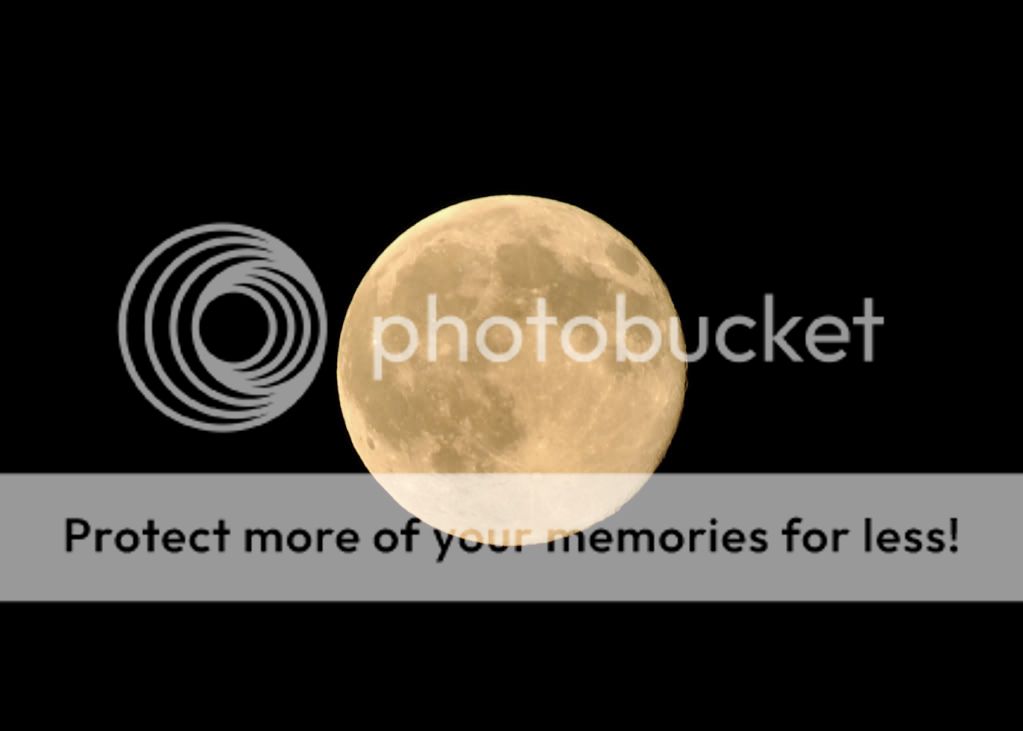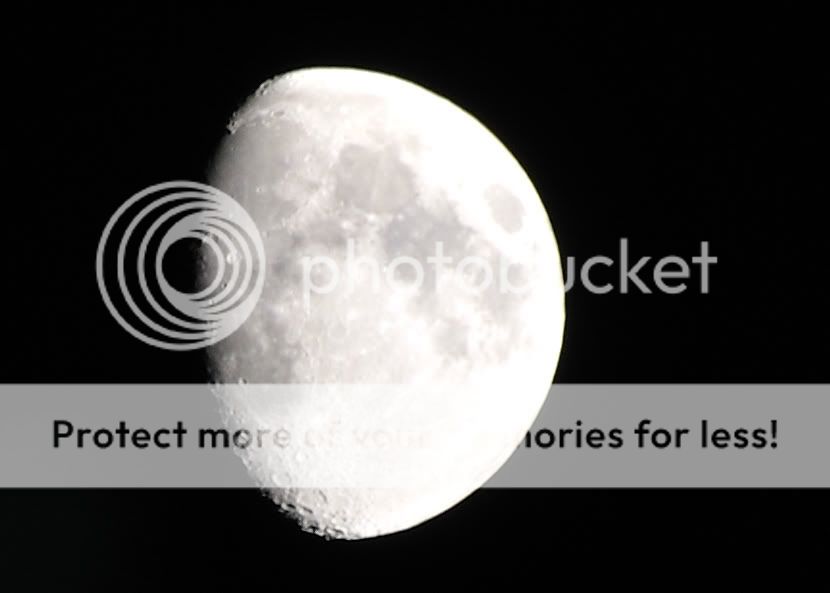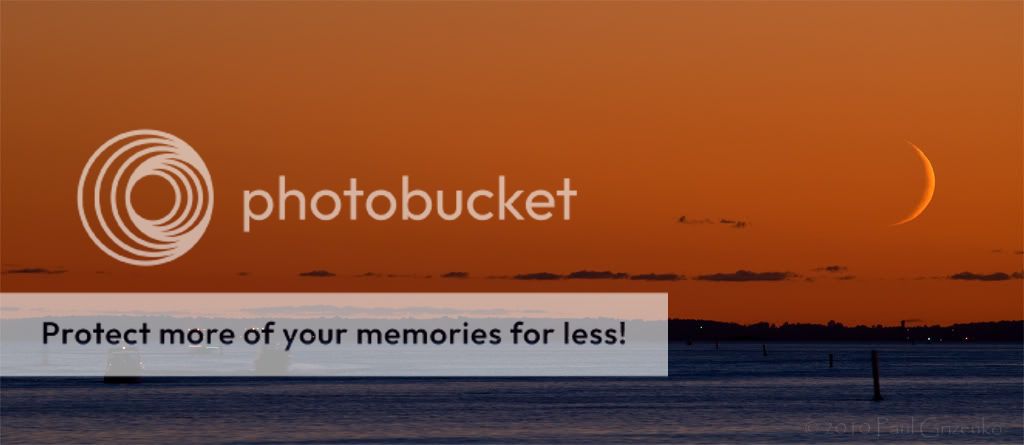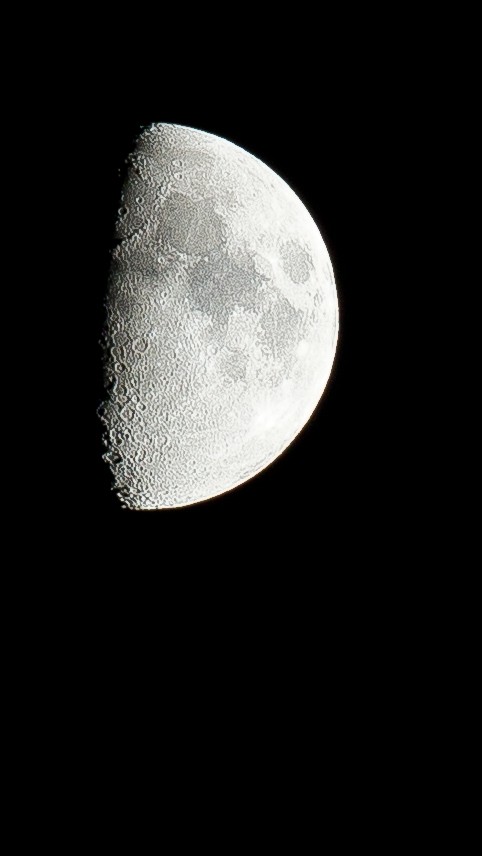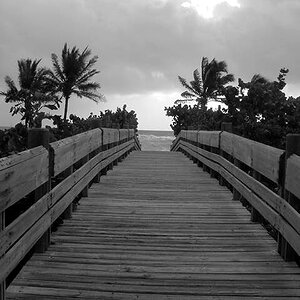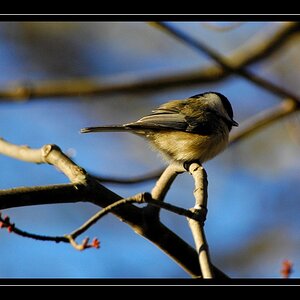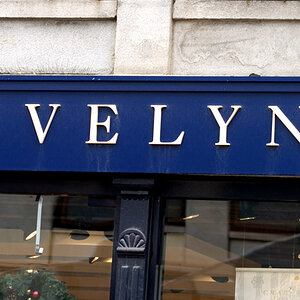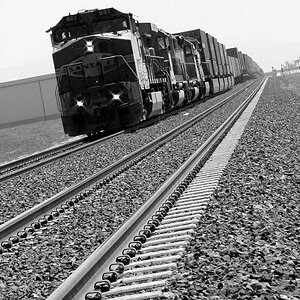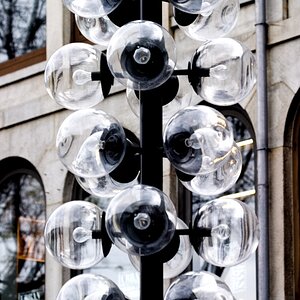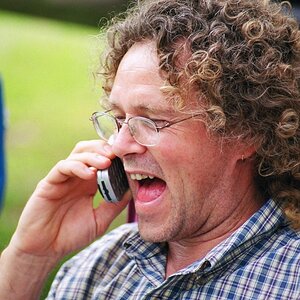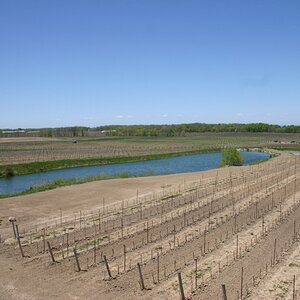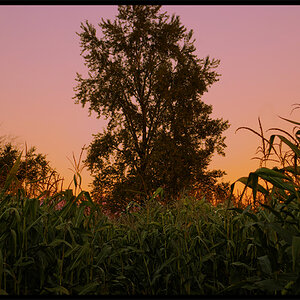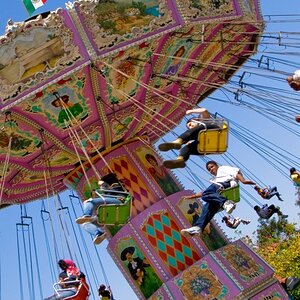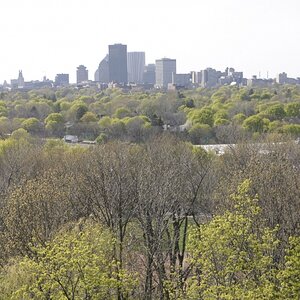- Joined
- Jun 4, 2010
- Messages
- 2,176
- Reaction score
- 1,654
- Location
- Wisconsin, United States
- Can others edit my Photos
- Photos OK to edit
I know, I know, "been there done that" is coming to many minds right about now. But, it's still fun for me. So, I took a break from work and set up the tripod. Pointed the lens and shot the moon. I've been on a kick with getting moon shots the past couple days. I really wish I had more zoom  I hope next year when I've got my 70-200 f/2.8 and 2xTC, I'll be able to get some really spectacular ones. These were both cropped between %150-%175 then sharpened and adjusted. EXIF on both I believe was ISO200, F9, 1/160, 200mm
I hope next year when I've got my 70-200 f/2.8 and 2xTC, I'll be able to get some really spectacular ones. These were both cropped between %150-%175 then sharpened and adjusted. EXIF on both I believe was ISO200, F9, 1/160, 200mm
They are more or less for sharing, C&C if you wish. But I'd like to see if anyone else has some moon shots from last nights moon, as well. Post away if you do!

I actually found a 3/4 moon from a couple days ago makes a more interesting shot, because it allows you to see the topography of the surface along the shadow line. The WB is off a little on this one and it's a bit softer as well... but I still like the surface texture more on the second one.

Enjoy, and lets see what you all got!
 I hope next year when I've got my 70-200 f/2.8 and 2xTC, I'll be able to get some really spectacular ones. These were both cropped between %150-%175 then sharpened and adjusted. EXIF on both I believe was ISO200, F9, 1/160, 200mm
I hope next year when I've got my 70-200 f/2.8 and 2xTC, I'll be able to get some really spectacular ones. These were both cropped between %150-%175 then sharpened and adjusted. EXIF on both I believe was ISO200, F9, 1/160, 200mmThey are more or less for sharing, C&C if you wish. But I'd like to see if anyone else has some moon shots from last nights moon, as well. Post away if you do!

I actually found a 3/4 moon from a couple days ago makes a more interesting shot, because it allows you to see the topography of the surface along the shadow line. The WB is off a little on this one and it's a bit softer as well... but I still like the surface texture more on the second one.

Enjoy, and lets see what you all got!


